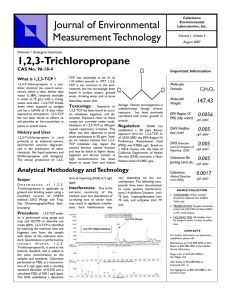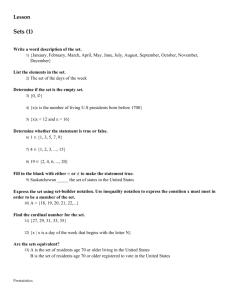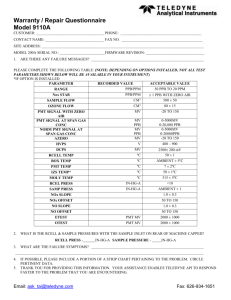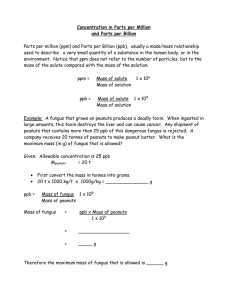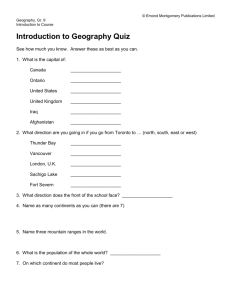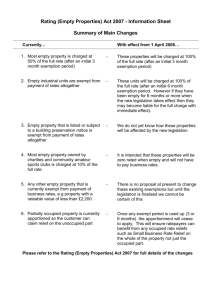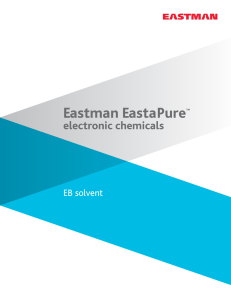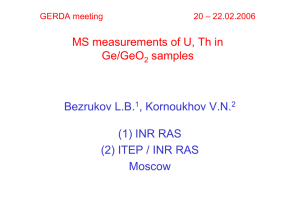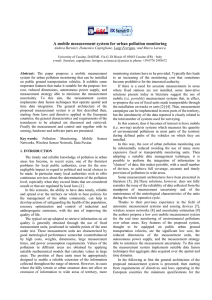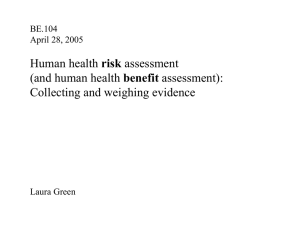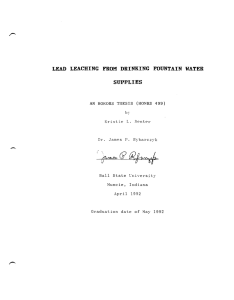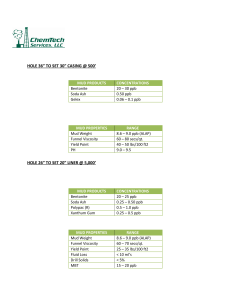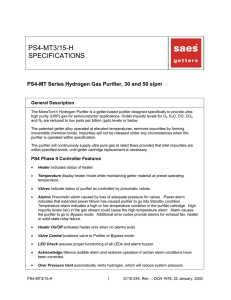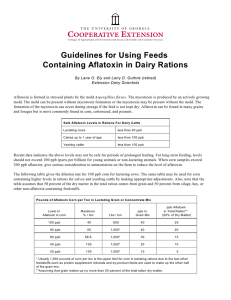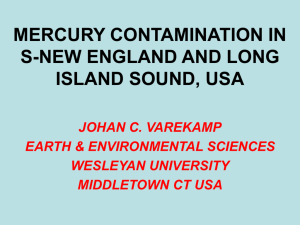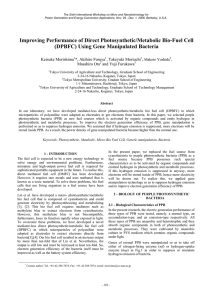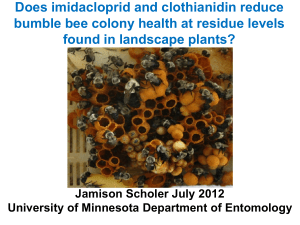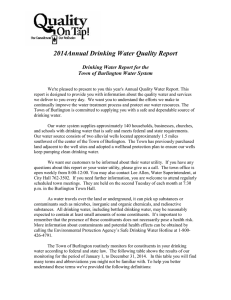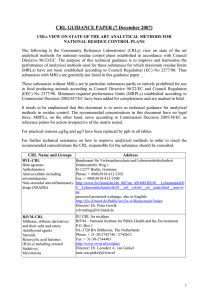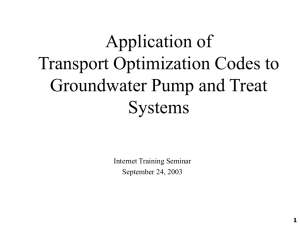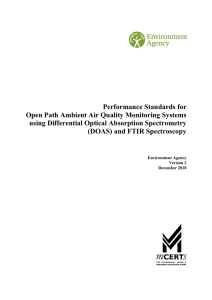Source
advertisement
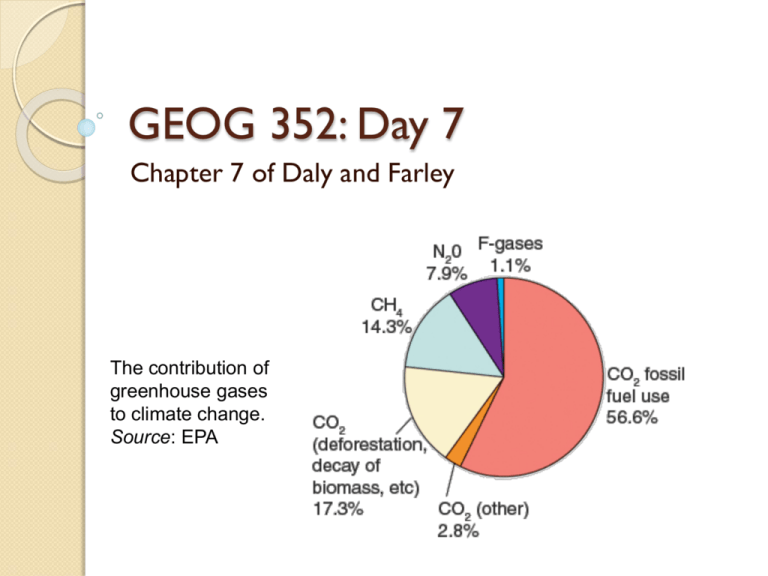
GEOG 352: Day 7 Chapter 7 of Daly and Farley The contribution of greenhouse gases to climate change. Source: EPA Housekeeping Items An interesting case study would be Free Geek in Vancouver, which unfortunately was recently the target of a cyber-attack. A reminder about the Mike Lewis talk on Thursday at 5 at the Theatre. I would love to go, but I can’t. If anyone would like to video it for me and anyone else who can’t go, I can arrange the equipment and there would be additional participation marks. We discussed a bit about ‘cornucopian’ thinking. I was reading in the latest Alternatives about how a recent Federal Appeals Court decision ruled that Imperial Oil could proceed with destroying ecologically valuable peatlands for their Kearl Lake mine even though they agree that the process of reclaiming peatlands “is not even known in general terms.” Housekeeping Items Today we will cover Chapter 7 of the text, and we have Colin presenting on carrying capacity. More on EROIs http://www.greenbuildingadvisor.com/blogs/dept/energysolutions/energy-return-investment; lighter colour indicates range of EROIs From Empty World to Full World Total material output of human economy increased 36-fold in the 20th century. Despite dramatically declining discoveries of new oil reserves, we have used twice as much oil since 1973 than in the whole of human history. We can approach energy issues from a supply management approach or a demand management approach. At current rates of consumption, solar energy could only meet 25-50% of the U.S.’s energy needs without disrupting agriculture, forestry, or the environment. What does that suggest? In the U.S., they used to rely on hematite ore (60% iron); now it’s taconite ore (25% iron). From Empty World to Full World In the U.S. topsoil is being depleted at 100 times the rate of formation, and 40% of all agricultural land on the planet is seriously degraded. From Empty World to Full World Agriculture uses 70% of the water humans consume. There are major water deficits (ratio of extraction vs. recharge) developing in north China, the Ogllala region, and elsewhere. The Aral Sea is falling at the rate of 2 to 8 metres per year. One billion people lack access to potable drinking water, less than 1/3 have water in abundance, and 50% could be living in water shortage areas by 2025. From Empty World to Full World Per capita, Canadians are the planet's second-biggest water consumers, behind the U.S. The average Canadian uses 335 litres per day – more than double Europeans' usage. Will water become the oil of the 21st century? What about the impact of water shortages on geopolitical conflict? Where are the potential hot spots? What are some economic measures for addressing water as an increasingly scarce commodity? From Empty World to Full World 15 major fishing areas and 69% of major fish stocks are in decline and needing serious attention. Some predict a total collapse of the fishery by 2048. Cod catches between 1968 and 1992 dropped by 69%, and West Altantic bluefin tuna catches have dropped by 80%+ between 1970 and 1993 (and more since). We are now shifting our attention to fish that are on lower on food chain, that are young (and hence are capable of contributing to longer-term stocks) and/or that take a long time to reach sexual maturity. From Empty World to Full World We are losing 140,000 sq. km. of forest per year in developing nations. 84% of all the wetlands ‘protected’ under the RAMSAR treaty are threatened. We are seeing a growth in hazardous wastes and climate disruptors. Gas Preindustrial level Current level Increase since 1750 Carbon dioxide 280 ppm 388 ppm 108 ppm Methane 700 ppb 1745 ppb 1045 ppb Nitrous oxide 270 ppb 314 ppb 44 ppb CFC-12 0 533 ppt 533 ppt Source: Wikipedia. From Empty World to Full World Source: Wikipedia. From Full World to Empty World While CFCs are now banned, HCFCs still have ozone depleting potential and their use is increasing by about 35% per year in China and India. Natural capital is being compromised in terms of 1) depleted sources, 2) disrupted ecosystem services, and 3) overtaxed sinks. Are we living in a “full world”? SOURCES SINKS ECOSYSTEM SERVICES
